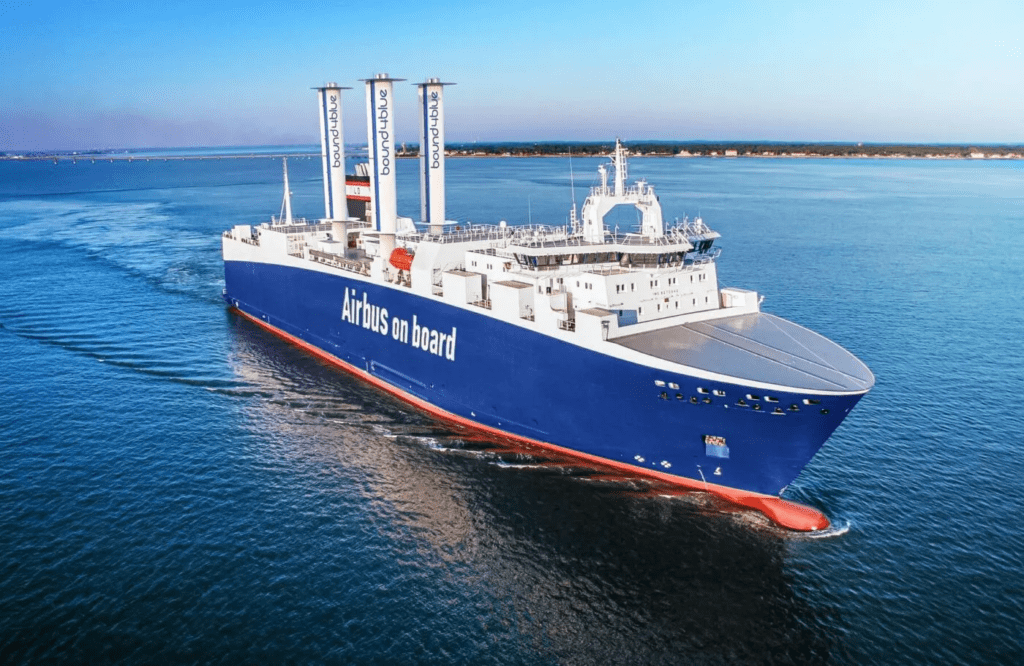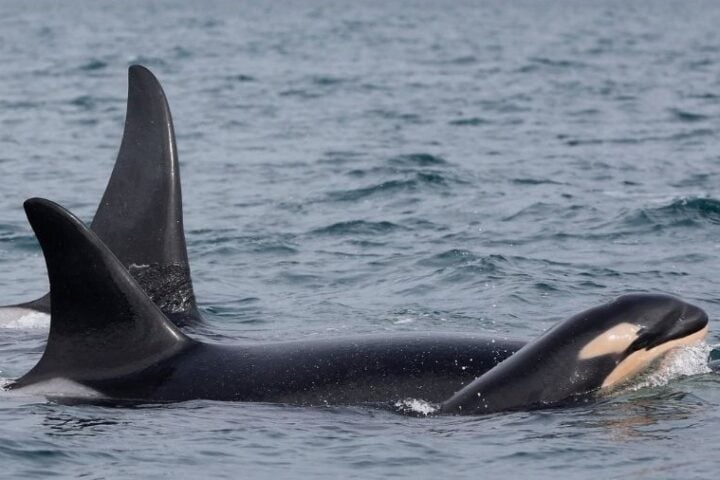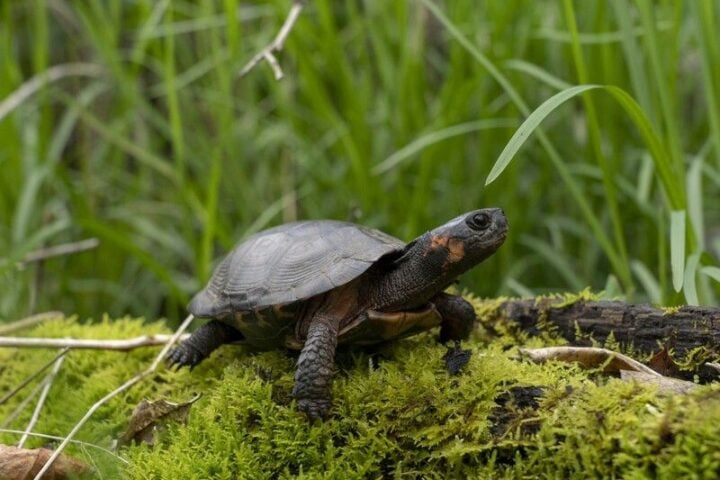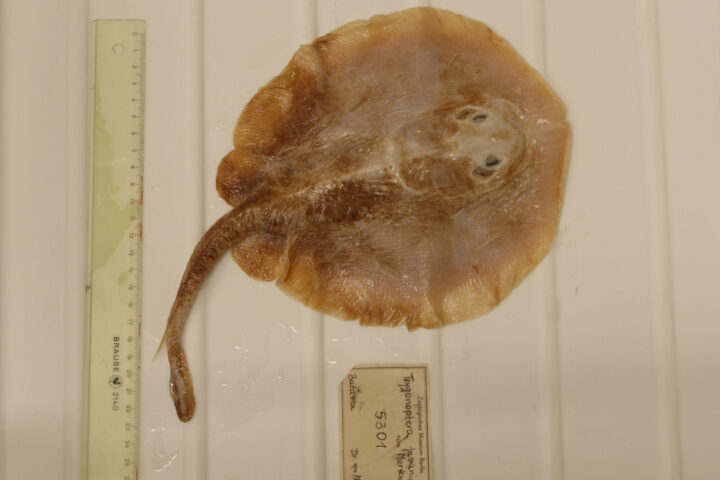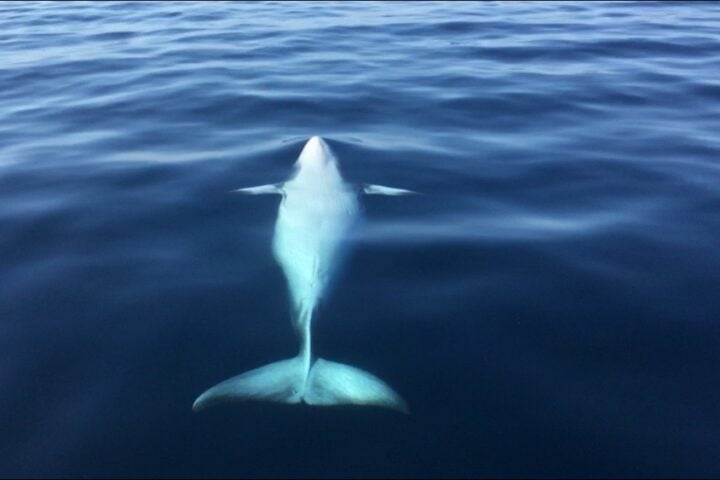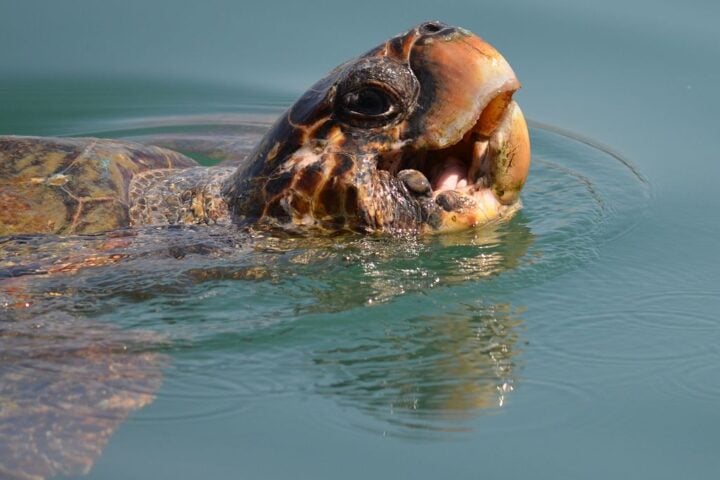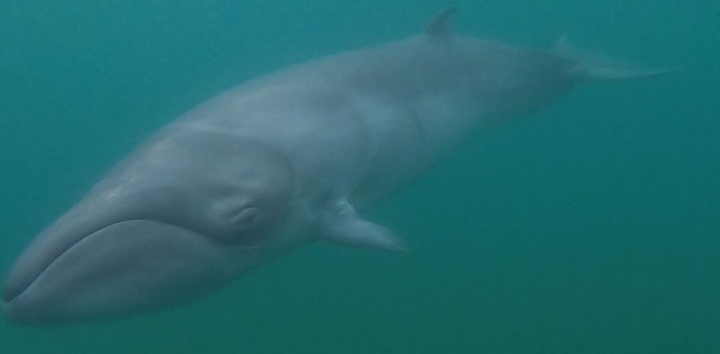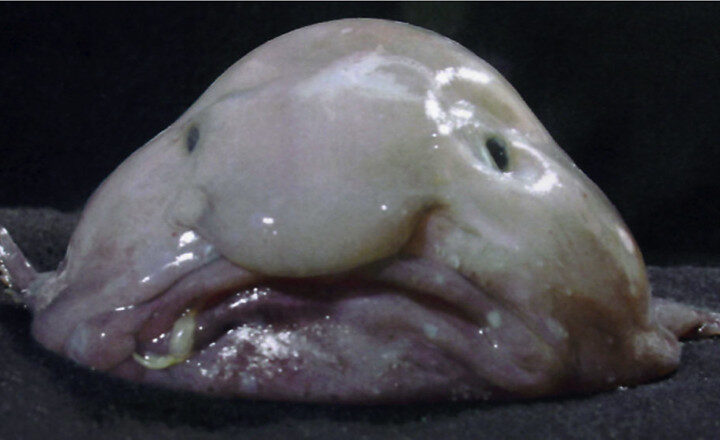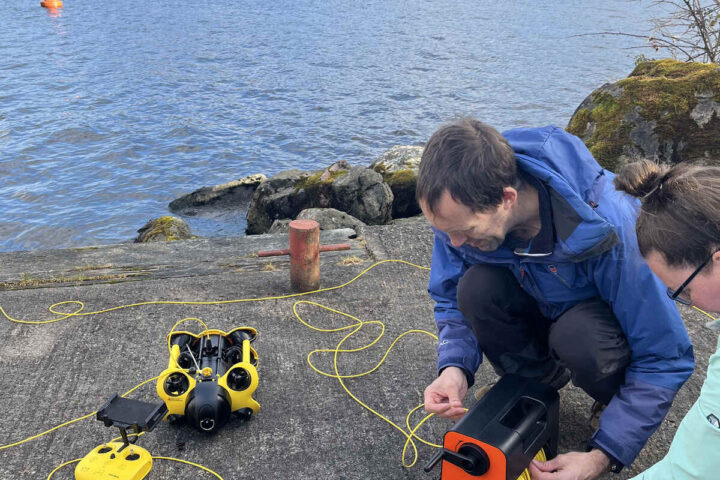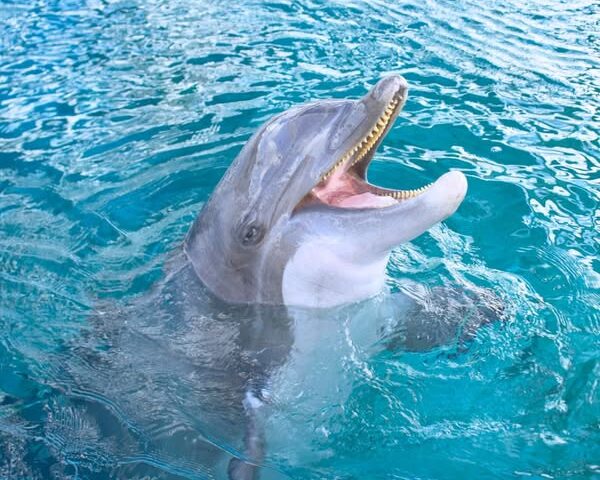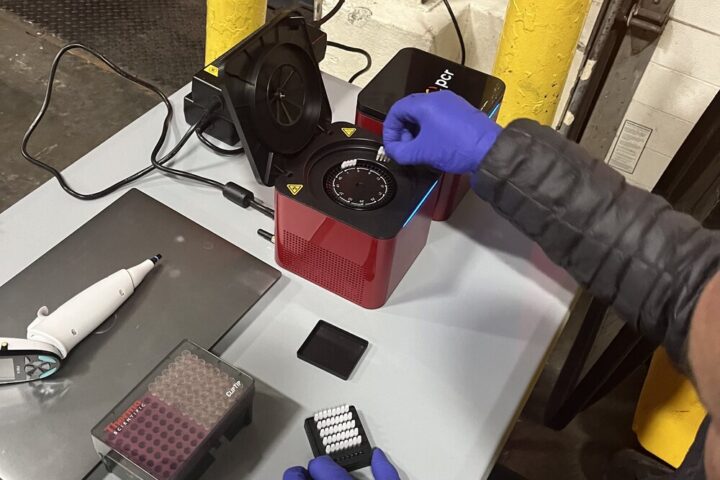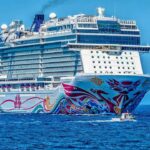On September 20th, Wong announced that Australia had become a founding signatory of the High Seas Biodiversity Treaty alongside other Pacific nations and like-minded countries. The Treaty provides more robust ocean protection under the framework of the UN Convention on the Law of the Sea. It establishes a mechanism for creating marine protected areas in high seas. The treaty aims to safeguard 30% of the world’s coastal and marine areas by 2030, marking a significant stride towards the global target. Australia has pledged $3 million through the Office of the Pacific Ocean Commissioner over the next three years to assist Pacific countries in signing and ratifying agreements, demonstrating commitment. The Australian Government’s signing of this treaty shows their commitment to multilateralism, essential in addressing global challenges such as climate change and loss of biodiversity.
Senator Penny Wong, Australia’s Foreign Affairs Minister says, “Australia has today signed a historic global treaty to protect the world’s ocean,”. Wong stressed the importance of collaborating with Pacific partners to protect the Blue Pacific for future generations. The Australian Government is committed to ratifying the treaty promptly to enforce its provisions.
In a statement, Tanya Plibersek MP, who serves as the Minister for the Environment and Water, emphasized that the High Seas make up 60% of the Earth’s surface, yet only about 1% of these vast ocean areas are currently safeguarded. She stressed the importance of international collaboration in managing and protecting these regions, and noted that the treaty will play a critical role in achieving the global target of preserving 30% of the world’s oceans. Plibersek highlighted the significance of marine parks in Australia, which serve as sanctuaries for precious marine life to thrive and flourish. The treaty facilitates the creation of marine parks in the high seas, thereby reinforcing the protection of oceans globally. Australia, under the guidance of Albanese, has emerged as a leading country in safeguarding oceans on a global scale. Their contributions include participating in the UN Oceans Conference and establishing the Macquarie Island Marine Park in the Southern Ocean. This park offers high protection to an area larger than Germany.
The Australian Marine Conservation Society, The Pew Charitable Trusts, and the Save Our Marine Life alliance have applauded Australia for being a founding signatory of the High Seas Biodiversity Treaty. Christabel Mitchell, Oceans Director of the Pew Charitable Trusts, praised the Australian Government for their efforts in swiftly implementing the high seas treaty. This treaty will facilitate the creation of marine protected areas in the high seas, which are vital for safeguarding our planet’s marine life and building resilience against the impacts of climate change. The collective task of protecting the high seas can now commence without delay.
According to Darren Kindleysides, the Chief Executive of the Australian Marine Conservation Society, this treaty is a significant step towards protecting the high seas. Currently, only one percent of these waters, which make up almost two-thirds of the world’s oceans, are protected. These vast areas beyond any country’s jurisdiction are crucial for fisheries, migratory routes of animals like whales and sharks, and home to unique ecosystems such as deep-water corals and other marine life. Kindleysides urged Australia to uphold their support for the treaty and encourage other nations to sign it swiftly, in order to bring it into effect. The establishment of a network of marine protected areas (MPAs) in the high seas is essential for safeguarding a minimum of 30% of the world’s oceans by 2030.
Similar Posts
In December of last year, the Parties involved in the UN Convention on Biological Diversity achieved a significant milestone by adopting the “30 by 30” goal. This goal aims to safeguard 30 percent of both land and sea territories by the year 2030. This decision was made as part of the Kunming-Montreal Global Biodiversity Framework, a worldwide agreement that aims to stop and reverse the loss of biodiversity while redirecting nature towards recovery.
In March 2023, the United Nations successfully negotiated the high seas treaty, which was agreed upon by over 190 member states. Negotiations for this treaty had been ongoing for more than ten years. However, before the treaty can become legally binding, at least 60 member states of the UN must ratify it. Leading the Save Our Marine Life alliance of 27 conservation groups are The Pew Charitable Trusts and the Australian Marine Conservation Society.
The United States has signed the High Seas Treaty at the United Nations in New York. This agreement falls under the United Nations Convention on the Law of the Sea and aims to promote the conservation and sustainable use of marine biological diversity in areas beyond national jurisdiction. The treaty represents a coordinated effort to establish marine protected areas in the high seas, an essential measure for conserving ocean biodiversity. The United States joined the global community in committing to protecting the ocean’s health and resilience for future generations.
On September 21st, Senator Penny Wong addressed the UN Security Council’s high-level open debate on peace and security in Ukraine. She condemned Russia’s invasion of Ukraine. Wong emphasized that the Security Council has a unique duty to uphold global peace and security and called for urgent reform of the Security Council, including limitations on the use of the veto. She stressed that Australia “stands steadfast with the people of Ukraine”. The Security Council must prioritize the principle of the sovereign equality of all United Nations members in these critical times. Wong emphasized the importance of all member states in calling out Russia’s actions and upholding this principle.
Australia’s commitment to addressing global environmental challenges and upholding international cooperation is established by the signing of the High Seas Biodiversity Treaty. This treaty’s implementation will have a substantial impact on safeguarding marine biodiversity and dealing with the effects of climate change on marine ecosystems. It is crucial for nations, such as Australia and the United States, to work together to effectively establish marine protected areas on the high seas.
The commitment to this treaty is a global recognition of the importance of safeguarding marine life and ecosystems for the well-being of the planet. The establishment of marine protected areas is a positive step forward in ensuring the conservation and sustainable use of marine biological diversity beyond national jurisdiction. This is important work for the future health and diversity of our oceans. The ratification and enforcement of the High Seas Biodiversity Treaty will be a significant step forward in protecting marine life and preserving our oceans. It’s great to see that the global community is coming together to address biodiversity loss and promote environmental sustainability. The protection of the high seas is a collective responsibility of nations to preserve the health and diversity of the world’s oceans for future generations.

